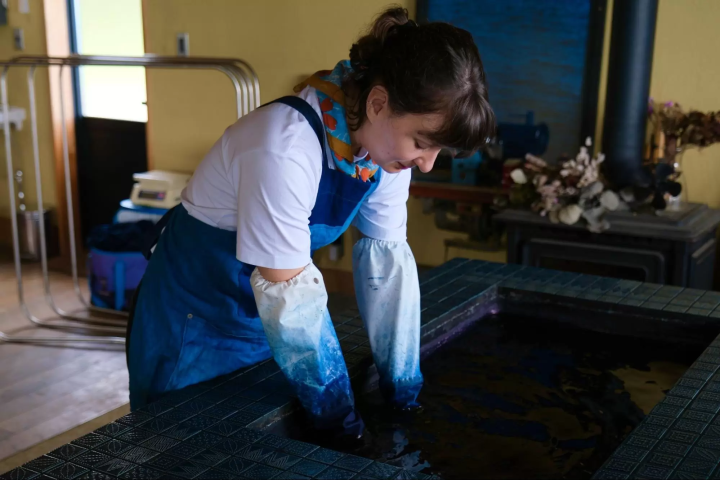A Kyoto Summer Tradition! Tanabata Festival at Kifune Shrine

Every July 7th, Tanabata is celebrated across Japan. In Kyoto, Kifune Shrine is famous for its festivities. Discover its opening hours, deities, and decorations!
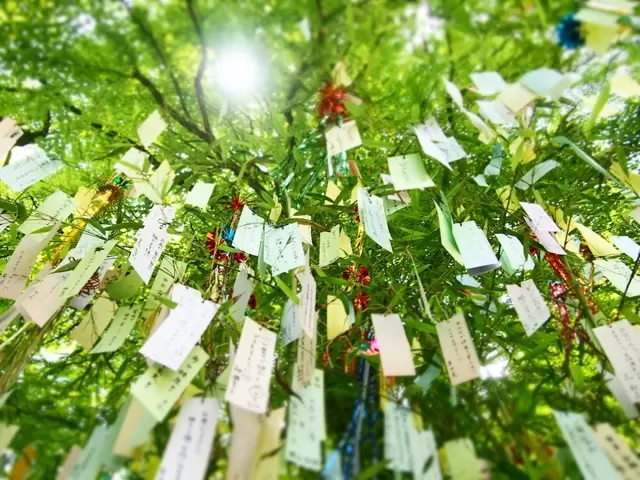
Tanabata legend has been celebrated throughout Japan for centuries.
It's the tale of two stars, Orihime (the star Vega) and Hikoboshi (the star Altair), who fell so madly in love with each other that they began to ignore their work.
This angered the Heavenly King, who separated the lovers, only allowing them to meet one another once a year, on the day of the Star Festival Tanabata. It's said that, for the sake of that one night together, the two work hard the rest of the year.
To celebrate the Tanabata legend, on July 7th people write wishes on long strips of colorful paper called tanzaku and tie them to bamboo branches; these wishes are entrusted to the Heavenly King, in the hope that he will grant them.
Have you heard of the Tanabata shrine in Kyoto?
Explore multiple Kyoto highlights seamlessly with this tour!
Let's Visit Kifune Shrine - The Tanabata Shrine
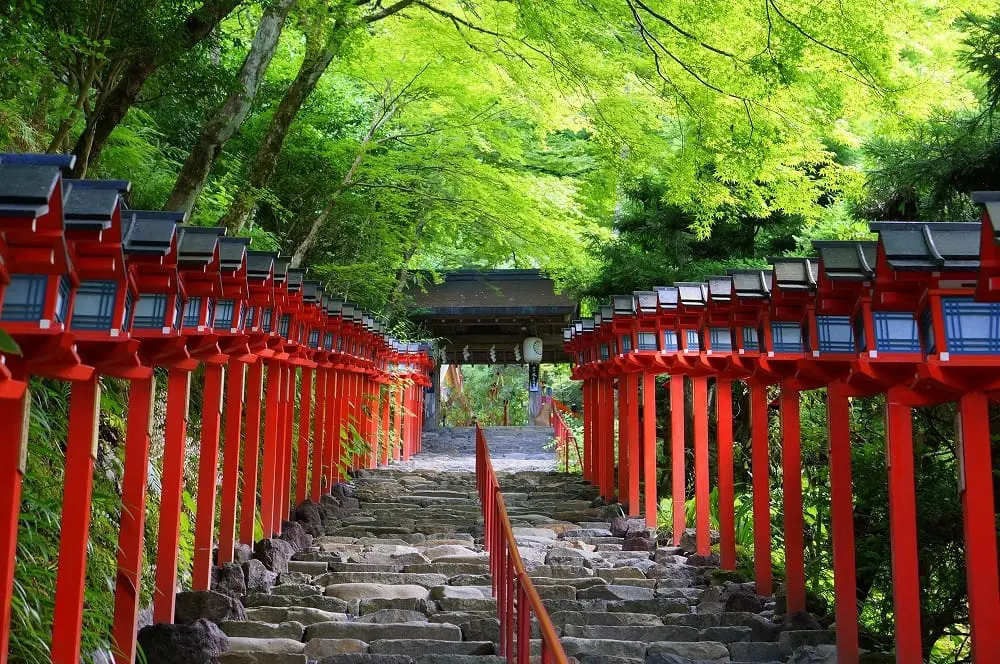
Kifune Shrine, found in the northernmost part of Kyoto city, is closely tied to the Tanabata legend. It's said that both the water god, Takaokami-no-kami, and the god of marriage, Iwanagahime, are enshrined there and, as a result, Kifune Shrine has visitors throughout the year.
In the summer, with the sound of the Kifune river gently murmuring nearby, the atmosphere of the shrine couldn't be more captivating.
Ideal attire for summer shrine visits!
Illuminated Wishes For Tanabata
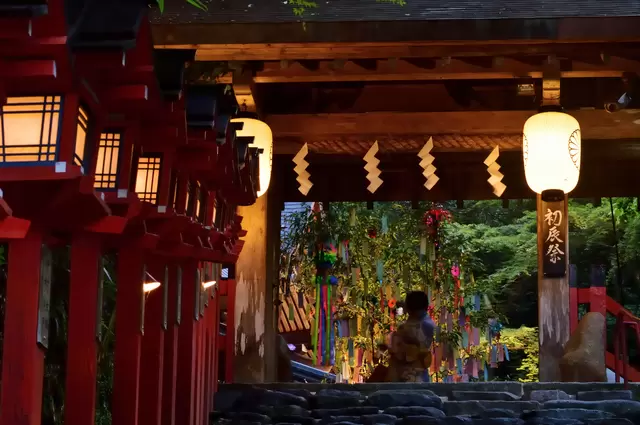
Every year at Kifune Shrine there are illuminations held from July until mid-August (for roughly half a month).
It's not only the shrine itself that's illuminated though, the rainbow of Tanabata wishes on their bamboo stalks are also brilliantly lit up!
The atmosphere at Kifune Shrine completely changes; the brilliant lights illuminating the shrine gate will steal your heart away.
As you climb up the stone steps...
You'll soon see the main shrine building and the beautifully illuminated Tanabata wishes right before your eyes!
Bathed in gentle orange lights, the Tanabata wishes lightly flutter in the warm summer breeze.
From the first day of the season, many visitors come to write their wishes on the long strips of colored paper and hang them on the bamboo stalks.
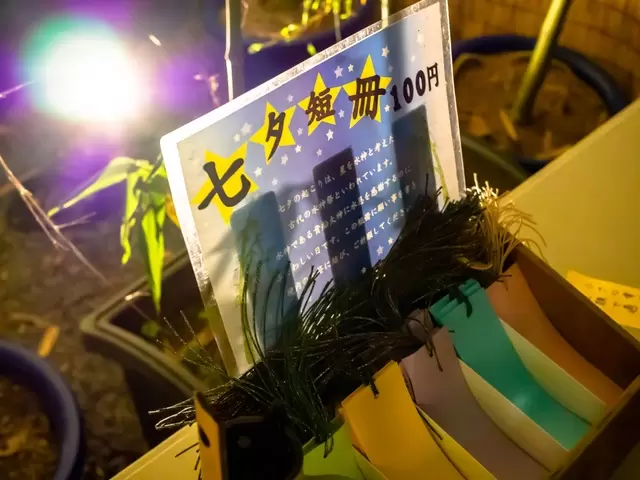
One strip costs 100 yen.
It's quite a common sight to see visitors looking at the various slips, trying to choose the best color as well as deciding just what they should wish for at the shrine.
There are wishes written in Japanese, English, Chinese, and Korean - hundreds of wishes written in dozens of languages.
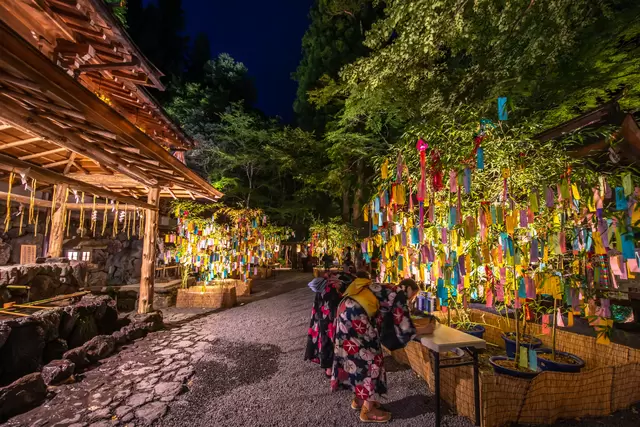
As the deity protecting marriage is also enshrined here, many couples come to call on the shrine's power as well.
Once you've written your own wishes, it's also quite fun to take a look at what others have wished for.
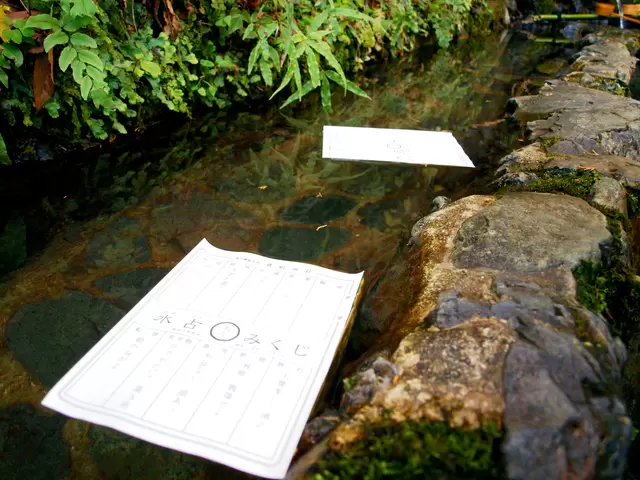
And after that, you should definitely check out the Omikuji (fortune slips) at Kifune Shrine.
For 200 yen you can try the Water Fortune slip (Mizu-uranai mikuji)!
First, choose one paper from the many slips available and then gently dip it in the water.
And then, like magic, text will appear on the once blank spaces! Seeing the characters appear when the water touches the paper is a completely unique experience you can only try at Kifune Shrine.
Though the fortune slips and Tanabata illuminations are offered in different seasons, whenever you come to the shrine, you should definitely find out your fortune from the water deity at Kifune Shrine!
Opening Hours
The main hall of Kifune Shrine is open daily from May 1 to November 30, with visiting hours from 6:00 - 20:00. Entrance is free, allowing visitors to enjoy the shrine’s serene atmosphere and beautiful scenery at their convenience.
A Relaxing Summer Evening

At this shrine surrounded by the refreshing shade of the trees, at night you will almost forget the intense heat of the day. The sound of the bubbling stream, as well as the sight of the gently swaying wish papers on their bamboo stands make each visit an incredibly soothing experience.
Experiencing a cool night like this is a rare treat in the summer season.
It's easy to lose track of time on a night like that, but be careful not to miss the last bus from Kifune Shrine to the Eizan Electric Railway's Kibuneguchi station, leaving at 20:20 on weekdays, and at 21:20 on holidays.
If you don't catch the bus, your only means back may be a 2 km walk along the mountain road!
With the only thing you need to worry about being your way home, why not enjoy the cool and stylish summer nights to your heart's content at Kifune Shrine?
Read also
Main image by Pixta
島根と京都が大好きな18歳。









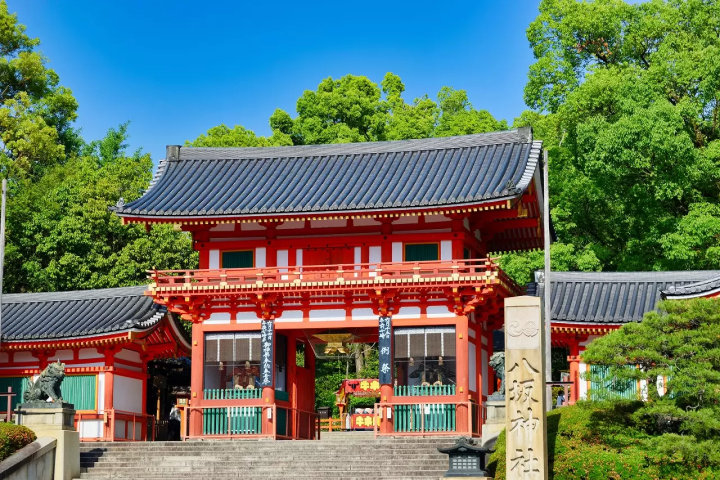



















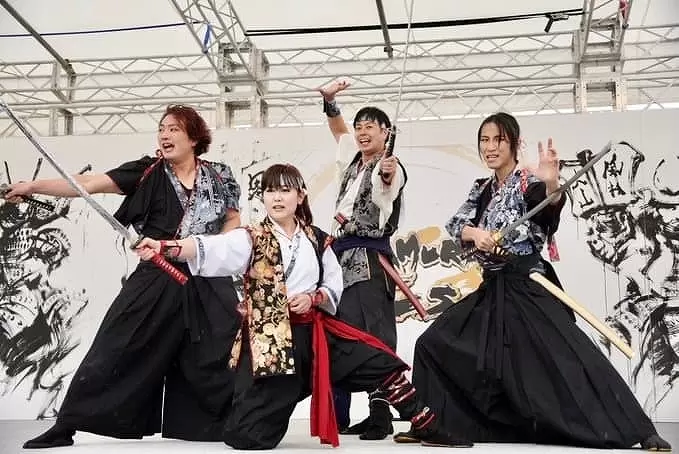
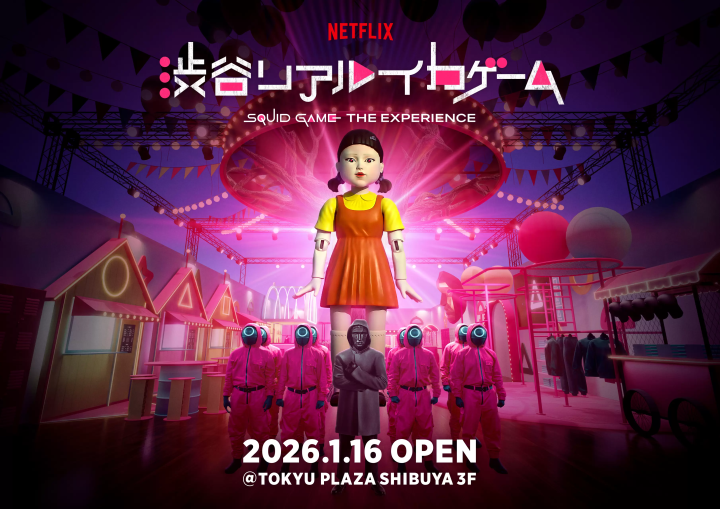
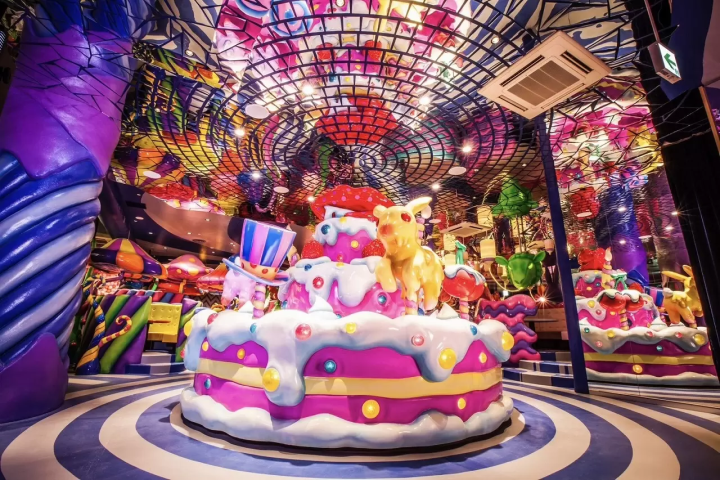
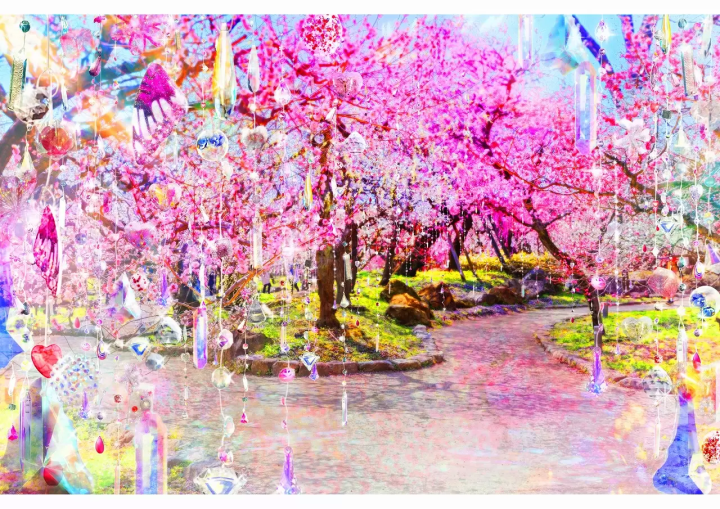






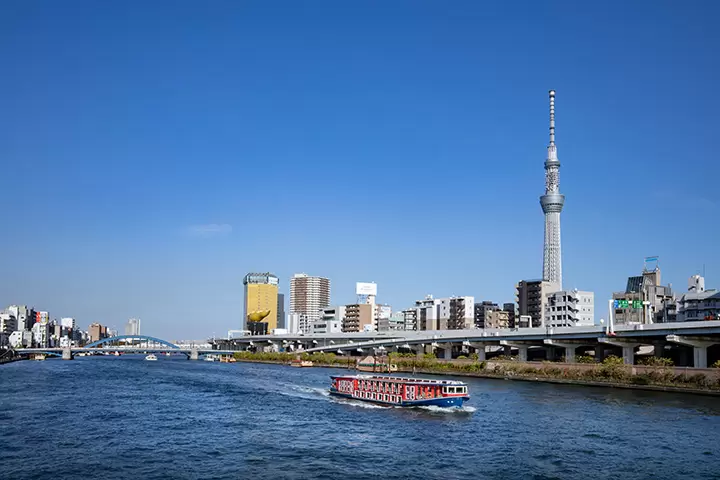
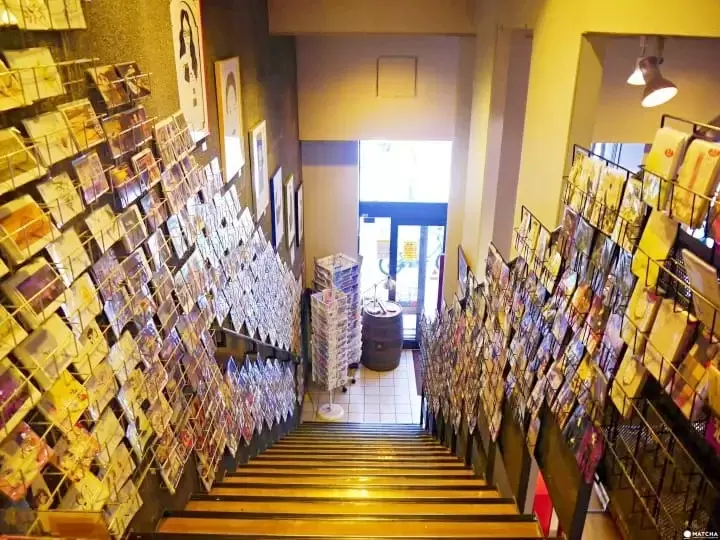

![[Just a short distance from Nagoya] Popular Taiwanese YouTuber Alan tours Aichi, Tokoname!](https://resources.matcha-jp.com/resize/720x2000/2026/01/08-255181.webp)
